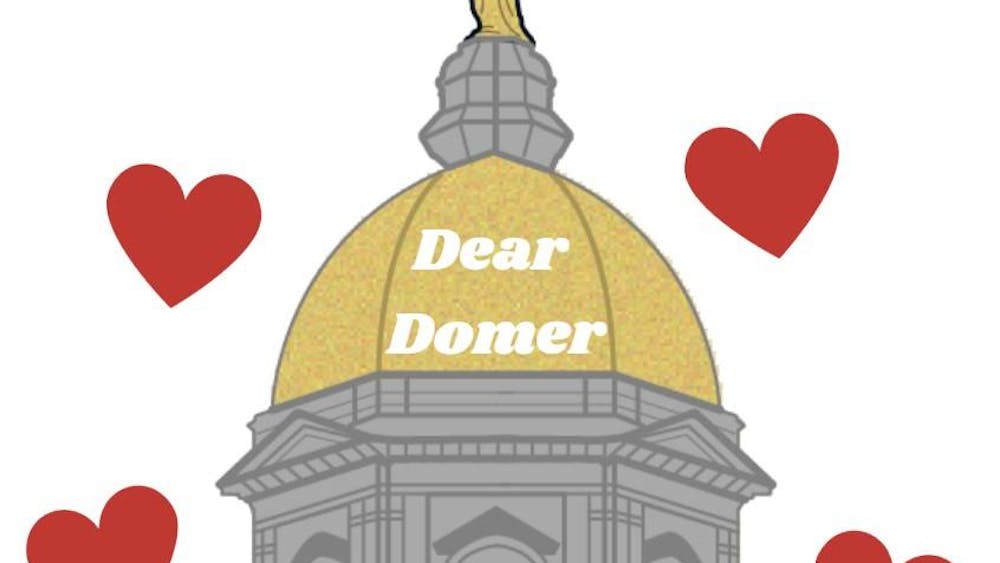Selkie’s “Holiday Party!” campaign depicts beautiful models in puffy, sparkly dresses and towering boots partying in a corporate office. One has silky straight, doll-like hair falling to her calves, highlighted with lengths of bright red tinsel and tied off with hair ties meant to look like Christmas ornaments. The gargantuan heels give the models Barbie-like proportions. The dresses, like the matching boots, are trimmed with white fur, or covered in sparkles, cinched below the bust with super puffy skirts and sleeves (hence the name, “puff” dress). The women sparkle. The office also sparkles, but it is a mess! Piles of ripped glitter and tinsel litter the floor, bottles of champagne roll onto the phones, staying off their hooks. Yet there’s something odd, odder than the boots or the exaggerated dress proportions: There are no men in this office.
The campaign was striking in the wake of 2021’s disproportionate exit of American women from the workforce due to the COVID-19 pandemic. It reads like an inside joke between modern American women, who left the workplace in disproportionate numbers. The “boring office sparkled up” perhaps is a nod to many of the women who started their own businesses, pursued artistic passions or nontraditional paths or retired from work during the pandemic. With “a slight sense of humor” as they put it — i.e., not too much — this campaign comments on the relationship between femininity and the workplace, between work and leisure, autonomy and employment, messy sparkly fabrics and predictable office upholstery.
But when it comes to art, culture and fashion, it seems like we’re always asking, “Is it feminist or not?” (For a list of “is it feminist” controversies to Google see: Shakespeare’s Taming of the Shrew, 1001 Nights, Legally Blonde, Pride and Prejudice, revealing clothing, modest clothing, the “body positivity” movement, saying the word “girlboss,” etcetera). Selkie’s expressions of femininity are controversial. Heck, the puff dress itself is controversial. Read this interesting article in Glamour to hear from proponents of the argument that Selkie’s brand isn’t as empowering of women as they intend (or claim) to be.
But an argument stands to be made that an original and well-researched articulation of women’s power is being reflected in these gowns. I think their virality is due to their novel repurposing of some historical symbols of powerful dressing: bigness and humor.
The first element is bigness. The Selkie dress is huge! Puffy sleeves, puffy skirt, layers and layers of organza. Big clothes convey status, power and wealth. Brides and royals (or royal brides… think Princess Diana) wear long trains and enormous skirts, as if to say, “Walk around me, or wait for me to pass, I’m important enough to take up lots of space.”
Related to bigness is “corpulence,” making the body look larger with clothing. The Selkie puff dress cinches at the bust — not at a tiny waist — and then puffs out like a cloud. In her commentary on the Newark Museum of Art’s exhibit, “Power Dressing: Men’s Fashion and Prestige in Africa,” Paulette Young notes the “aesthetic of bigness” in the historical dress of high-status West African men. She writes, “ampleness of body indicates a sense of well-being; accordingly, the sheer size and visual grandeur of the robes allow rulers to reflect wealth, power, and a distinctive personality.” Fashion author Lisa Hix discusses other corpulent clothing revolutions throughout history, such as cocoon coats and the “sack dresses” of fashion houses like Givenchy and Balenciaga in the 1950s. She mentions Vogue praised these garments, writing about sack dresses: “No gentleman is ever going to puzzle his brain over the form of a girl in a Bikini bathing suit.”
That line reminds me of a line from an interview with Kimberley Gordon for the Glamour magazine article. Gordon is the creative mind behind Selkie. “Men hate the dress,” she said. But Gordon redemptively plays up this angle: “When you wear them, you’ll be the center of any room. And for that reason, they’re kind of more powerful than they are sexy.”
The idea of big clothing being (1) hated by men and (2) mysterious, leaving the body’s form unknown is reminiscent of another “puffy” and controversial dress: the guardainfante. Popular in Spain in the years between 1630 and 1670, it had an enormous, bell-shaped, structured skirt and tight bodice. The dress gets its name from its alleged use to conceal women’s pregnancies conceived out of wedlock. Like the Selkie dress, it was ridiculed and disputed as a symbol of feminine empowerment. Either way, the guardainfante was banned in 1639 in Spain (for all women except prostitutes, incidentally); but when the king’s own wife and daughters started wearing the fashion (oops), women began embracing the guardainfantes, breaking the law in their giant skirts, “promenad[ing] past the jail upon which guardainfantes once had hung.”
The second element is humor and ridiculousness. These dresses are… funny. The artistic concept of Selkie’s Petit Trianon collection, in which modern women walk around with giant bright pink powdered wigs, ruffles on ruffles on ruffles, painted faces and bows everywhere, expresses the humor of excess. It pokes fun at fashion itself, at dressing up. It gives a self-aware nod to Mary Antoinette-level out-of -touch-ness, just for a laugh. Ridiculous fashion says: I’m so secure in who I am, I could wear anything and look good. In my jeans and sweatshirt, I think no matter how you feel about Selkie, we can agree that it’s all about confidence.
Renee Yaseen is a senior economics major with minors in theology and Philosophy, Politics and Economics (PPE). In her free time, she writes poems, hangs out with loved ones and ponders the view from her undisclosed study spot in [redacted] Hall. Please send all comments, diatribes and warm fuzzies to ryaseen@nd.edu.
For the girls that get it: The Selkie puff dress, pandemic-era labor exits and representations of power in fashion
The views expressed in this column are those of the author and not necessarily those of The Observer.









